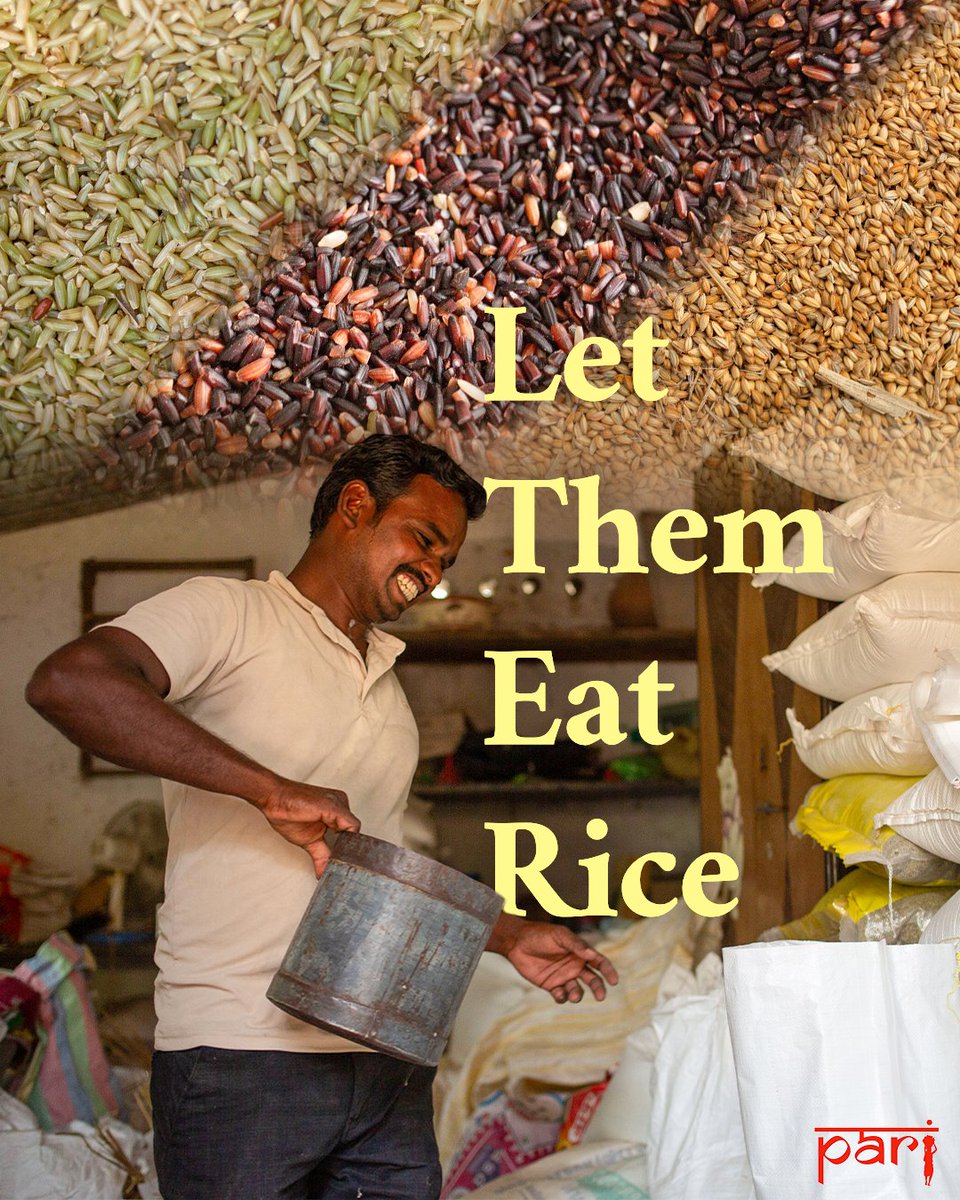On June 14, 2018, the #UnitedNations Office of the High commission of #HumanRights (#OHCHR) released its first report on the human rights situation in Indian-Administered #Kashmir and Pakistan-Administered Kashmir btw July 2016 & April 2018.bit.ly/33Qb33F #KashmirGagged 





It found that allegations of #HumanRights violations during this period were widespread & serious, particularly the excessive use of force by Indian security forces that led to numerous human casualties. It also documents these allegations & witnesses’ accounts of #violence.
Drawn largely from information already in the public domain,the report reflects the research of human rights defenders & local,national & international #NGOs. It also draws from official documents, such as questions in Parliament,court orders & police reports, & PTI news reports.
According to the #Jammu and #Kashmir government, 51 people were killed during the unrest between July 8, 2016, and February 27, 2017, and 9,042 civilians were injured during the protests due to the use of bullets, metal pellets and chemical shells by the security forces.
People’s organisations have estimated that from mid-July 2016 to end-March 2018, 130 to 145 civilians were killed by Indian security forces, while 16 to 20 civilians were killed by armed groups.
Official figures presented in the Parliament stated that 17 people were killed by #pellet injuries between July 2016 and August 2017. According to the Jammu and Kashmir State Human Rights Commission, 1,726 people were injured by metal pellets in 2016.
In January 2018, then J&K CM @MehboobaMufti
said before the state assembly that 6,221 people had been injured by pellet guns in #Kashmir btw July 8, 2016 & Feb 27, 2017. Of these,728 had eye injuries and 54 people suffered some form of visual impairment due to pellet injuries.
said before the state assembly that 6,221 people had been injured by pellet guns in #Kashmir btw July 8, 2016 & Feb 27, 2017. Of these,728 had eye injuries and 54 people suffered some form of visual impairment due to pellet injuries.
On January 27, 2018 the J&K govt also told the state assembly that 5 inquiries had been initiated into civilians killings in 2016,but it didn't specify whether the investigations had been completed. It was added that no inquiries were initiated for civilian killings in 2017.
According to @jkccs_ none of these inquiries had been completed till the end of 2017, and not a single case of the excessive use of force in the state had led to prosecution in the civilian courts.
On January 27, 2018, 3 civilians were reportedly killed and several injured in Shopian district when the Indian #Army fired at protesters. More protests followed, Mufti ordered a magistrate-level inquiry into the killings, and the state police filed an FIR against army personnel.
However, one of the accused filed a petition before the Supreme Court to the cancel the FIR, and in March 2018, the court halted all investigations till its final verdict.
A right to information (#RTI) application filed by #JammuAndKashmir RTI activists found that over 1,000 people were detained under the Jammu and Kashmir #PublicSafetyAct between March 2016 and August 2017.
The Software Freedom Law Center reported that #internet services in #JammuAndKashmir were suspended 10 times in 2016 & 32 times in 2017. On April 17,2017, the state govet imposed a ban on #SocialMedia networks & #mobile services following widespread #protests. #KashmirGagged
Confidential information received by the OHCHR indicates that approximately 1.4 million #children lost an estimated 130 #school days in 2016. Local #media reported that schools were closed for over four months after the protests started in 2016.
In Dec 2016, the central govt claimed that all #schools in the state remained open during the 2016 unrest & around 95% of students appeared for the board examination.
However, in Nov 2016,the state govt announced mass promotion for students in Classes 8,9 &11 due to the inability of #schools to complete the curriculum.The 2017 report of the UN Sec.General on Children & Armed Conflict said that there were no cases of attacks on schools in 2017.
• • •
Missing some Tweet in this thread? You can try to
force a refresh






















